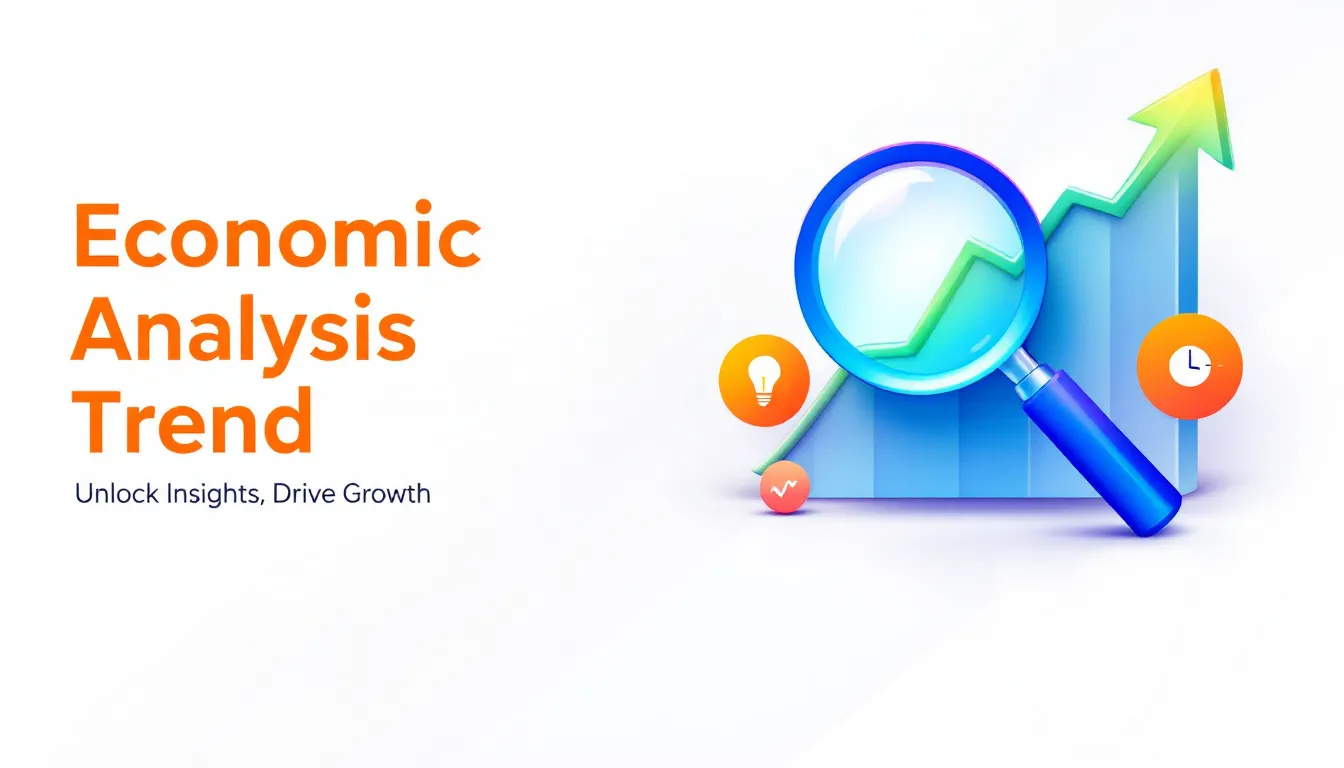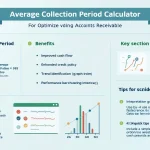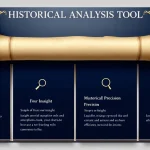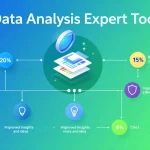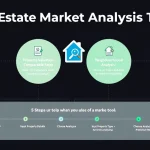Economic Trend Analysis
Is this tool helpful?
How to Use the Economic Trend Analysis Tool Effectively
Follow these straightforward steps to unlock precise sector-specific economic insights using the tool:
- Specify the Sector: Type the exact sector you want to analyze. For example, you could enter “Agricultural Technology” or “Renewable Energy Storage”.
- Define the Time Frame: Indicate the time span for your analysis, either historical data or future projections. Examples include “2015-2025” or “Next five years”.
- List Key Factors (Optional): Add any notable factors that affect the sector’s trends. You might include “Trade policies, innovation cycles, consumer spending habits”.
- Specify Data Sources (Optional): Mention trusted data references, such as “International Energy Agency reports, sector-specific market analysis, financial regulatory filings”.
- Generate Analysis: Click the button to receive a detailed economic trend report customized to your inputs.
Economic Trend Analysis Tool: Definition, Purpose, and Benefits
This Economic Trend Analysis Tool helps you examine historical data, current market conditions, and future forecasts for any specific sector. It processes your inputs to identify meaningful patterns and formulate informed economic insights.
The tool’s main goal is to assist investors, business leaders, and analysts in making smart, data-driven decisions by offering a clear view of sectoral economic trends and key influencing factors.
Why Sector-Specific Economic Analysis Matters
Each economic sector behaves uniquely due to different drivers such as regulations, technology, and consumer preferences. By zeroing in on one sector, the tool delivers focused insights that matter most to your specific area of interest.
Key Benefits You Gain
- Improved Decision-Making: Make strategic choices with confidence thanks to comprehensive sector trends and risk assessments.
- Time Efficiency: Automate complex data collection and analysis to save hours of manual work.
- Customizable Insights: Tailor the analysis through your chosen sector, timeline, and key factors.
- Holistic Market View: Understand interconnected trends and how they influence your sector.
- Actionable Recommendations: Receive clear suggestions rooted in data for investment, planning, and policy work.
Practical Applications of the Economic Trend Analysis Tool
1. Investment Strategy Development
Use the tool to pinpoint sectors with strong growth potential and assess related risks:
- Analyze trends within technology, healthcare, or other sectors over customizable timeframes.
- Evaluate the impact of regulatory changes on your investments.
- Build diversified portfolios by understanding sector correlations.
2. Business Expansion Planning
Leverage economic insights to guide growth and product development:
- Identify emerging markets or promising sub-sectors.
- Develop new products aligned with sector trends and consumer demands.
- Prioritize resource allocation based on data-backed projections.
3. Policy Formulation and Economic Planning
Support government and institutional decision-making through data-driven sector analysis:
- Determine which sectors need additional investment or regulation.
- Assess how proposed policies may influence economic trajectories.
- Plan long-term initiatives to address upcoming economic shifts.
4. Supply Chain and Market Strategy Optimization
Use sector trend data to refine supply chain decisions and market strategies:
- Spot risks and diversification opportunities in supplier networks.
- Forecast demand changes driven by sector advances.
- Identify potential partners or acquisitions aligned with growth areas.
5. Academic and Economic Research
Accelerate research projects by analyzing long-term economic trends across sectors:
- Pinpoint evolving patterns for deeper study.
- Test economic theories using real sector data.
- Explore interdisciplinary connections between economics and other fields.
Understanding Sector-Specific Trends and Key Influences
The tool examines various elements shaping sector performance over time, including:
- Historical Patterns: Analyze economic cycles and long-term changes specific to your chosen sector.
- Current Market Conditions: Assess real-time data on supply, demand, and competition.
- Forecasting Models: Use advanced projections to anticipate future developments.
- Influencing Factors: Consider regulatory shifts, technological innovation, and consumer behavior changes affecting growth and risk.
Addressing Challenges and Maximizing Opportunities
Navigating Economic Volatility
Economic uncertainty can disrupt strategies. The tool helps you by:
- Highlighting emerging disruptors or stabilizers within the sector.
- Providing historical context to interpret market fluctuations.
- Offering data-supported projections for smarter risk mitigation.
Identifying New Growth Markets
Find hidden or emerging opportunities by analyzing market shifts and innovation trends:
- Detect underserved customer segments.
- Spot breakthrough technologies or business models.
- Track changing consumer demands that create fresh market needs.
Mitigating Sector-Specific Risks
Anticipate challenges before they disrupt your plans by understanding:
- Potential policy or regulatory changes affecting operations.
- Signs of market saturation or decline.
- External risks such as geopolitical events or environmental pressures.
Competitor and Market Dynamics Analysis
Gain an edge by understanding your competitive environment through:
- Benchmarking performance relative to industry standards.
- Identifying leading competitors’ strategies.
- Spotting niches or underserved markets offering competitive advantage.
Data Quality and Updates
The tool integrates data from reputable sources and updates regularly to ensure your analysis stays current and reliable.
While update frequency varies by sector and source, all insights reflect the latest available economic information.
Important Disclaimer
The calculations, results, and content provided by our tools are not guaranteed to be accurate, complete, or reliable. Users are responsible for verifying and interpreting the results. Our content and tools may contain errors, biases, or inconsistencies. Do not enter personal data, sensitive information, or personally identifiable information in our web forms or tools. Such data entry violates our terms of service and may result in unauthorized disclosure to third parties. We reserve the right to save inputs and outputs from our tools for the purposes of error debugging, bias identification, and performance improvement. External companies providing AI models used in our tools may also save and process data in accordance with their own policies. By using our tools, you consent to this data collection and processing. We reserve the right to limit the usage of our tools based on current usability factors.
